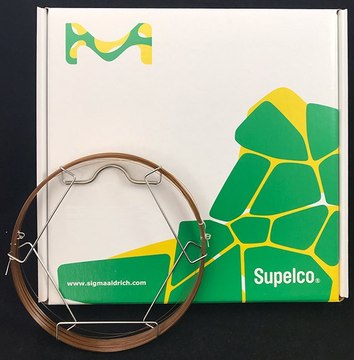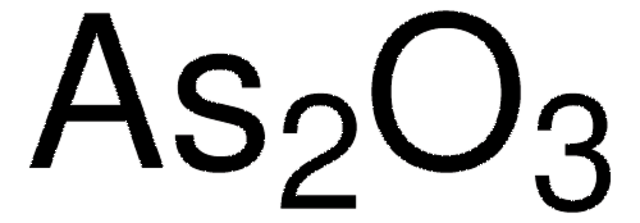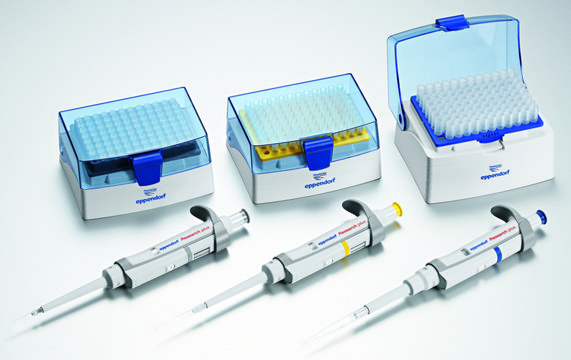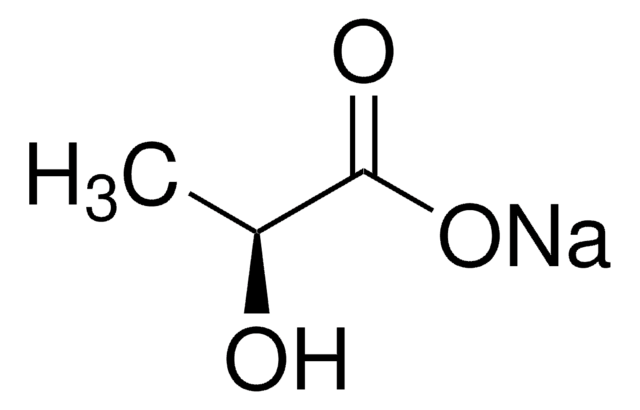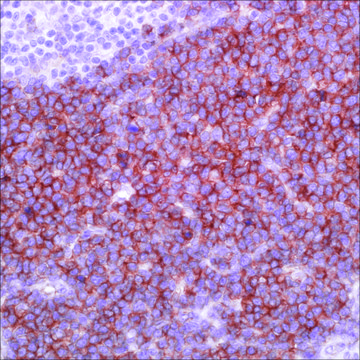All Photos(1)
Empirical Formula (Hill Notation):
FeO
CAS Number:
Molecular Weight:
71.84
MDL number:
UNSPSC Code:
12352300
PubChem Substance ID:
Recommended Products
grade
CP
form
solid
availability
available only in Japan
density
5.7 g/mL at 25 °C (lit.)
storage temp.
15-25°C
SMILES string
O=[Fe]
InChI
1S/Fe.O
InChI key
UQSXHKLRYXJYBZ-UHFFFAOYSA-N
Looking for similar products? Visit Product Comparison Guide
WGK
nwg
Flash Point(F)
Not applicable
Flash Point(C)
Not applicable
Regulatory Information
新产品
Certificates of Analysis (COA)
Search for Certificates of Analysis (COA) by entering the products Lot/Batch Number. Lot and Batch Numbers can be found on a product’s label following the words ‘Lot’ or ‘Batch’.
Already Own This Product?
Find documentation for the products that you have recently purchased in the Document Library.
Hoang Tri Hai et al.
Journal of colloid and interface science, 346(1), 37-42 (2010-03-12)
Monodisperse wustite (core)/spinel (shell) nanocubes with controllable size from 9 to 22 nm were synthesized by the decomposition of iron oleate complex at high temperature. The composition of the nanocubes was confirmed by X-ray diffraction and magnetic analysis, meanwhile the
Xiaolian Sun et al.
Nano letters, 12(1), 246-251 (2011-12-03)
Monodisperse 35 nm FeO nanoparticles (NPs) were synthesized and oxidized in a dry air atmosphere into core/shell FeO/Fe(3)O(4) NPs with both FeO core and Fe(3)O(4) shell dimensions controlled by reaction temperature and time. Temperature-dependent magnetic properties were studied on FeO/Fe(3)O(4)
Gen Zhang et al.
Cancer science, 102(6), 1216-1222 (2011-03-26)
10-Hydroxycamptothecin (HCPT) elicits strong anti-cancer effects and is less toxic than camptothecin (CPT), making it widely used in recent clinical trials. However, its low solubility limits its application as an effective anti-cancer therapy. In the present study we investigate the
Xi Zou et al.
ACS nano, 6(10), 8997-9004 (2012-09-14)
Fatigue in ferroelectric oxides has been a long lasting research topic since the development of ferroelectric memory in the late 1980s. Over the years, different models have been proposed to explain the fatigue phenomena. However, there is still debate on
Gen Zhang et al.
Nanomedicine : nanotechnology, biology, and medicine, 7(5), 595-603 (2011-02-22)
Nanomaterials can enhance the delivery and treatment efficiency of anticancer drugs, but the mechanisms of the tumor-reducing activity of ferrous-ferric oxide (Fe(3)O(4)) nanoparticles (NPs) with daunorubicin (DNR) have not been established. Here we investigate the synergistic effects of Fe(3)O(4) NPs
Our team of scientists has experience in all areas of research including Life Science, Material Science, Chemical Synthesis, Chromatography, Analytical and many others.
Contact Technical Service


